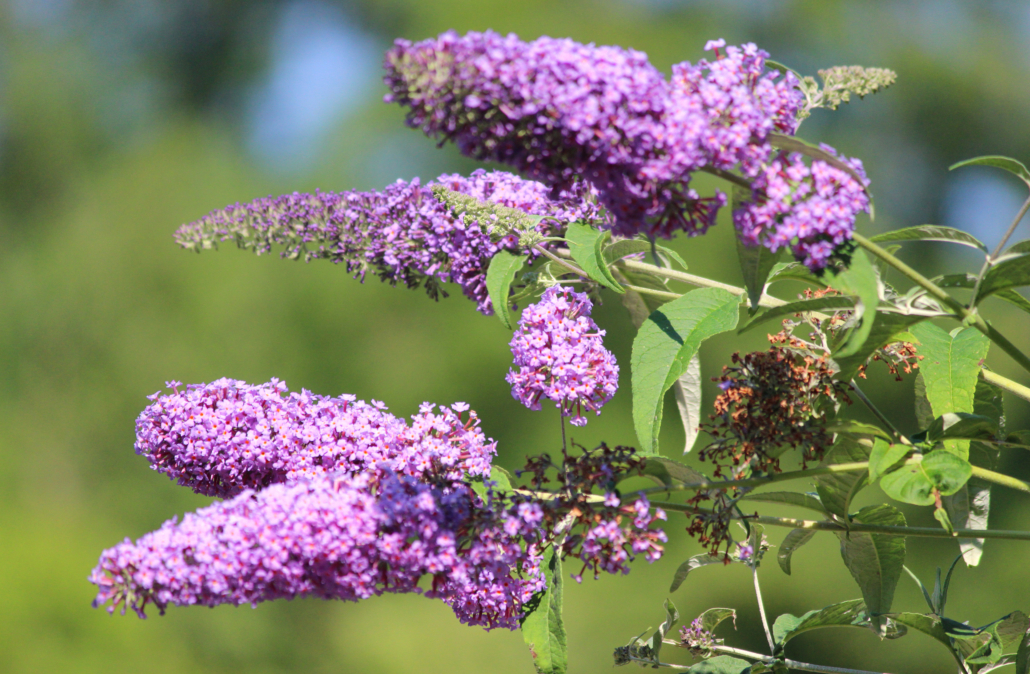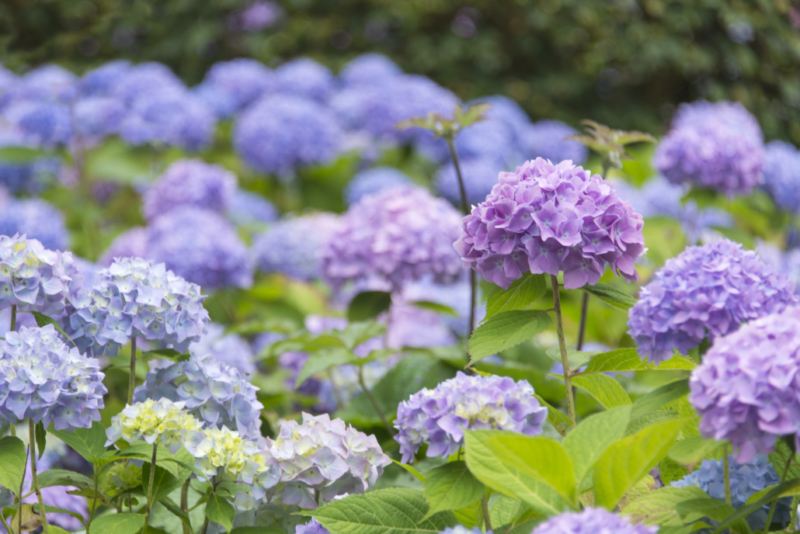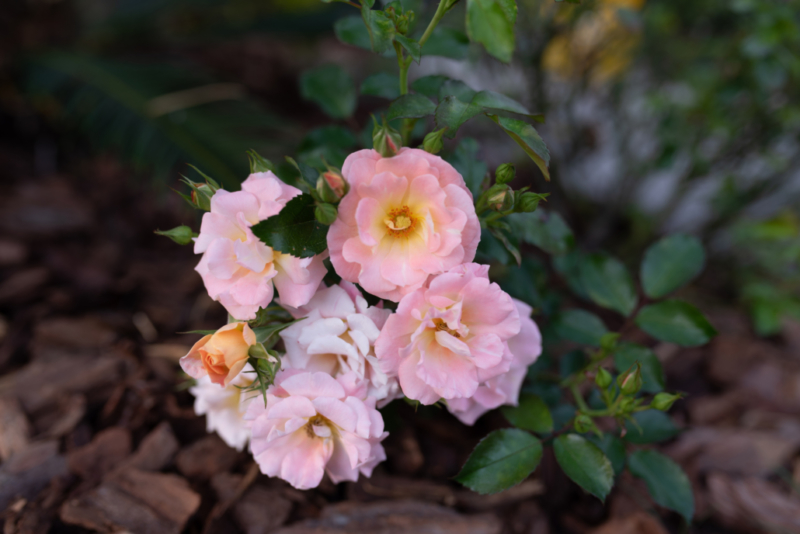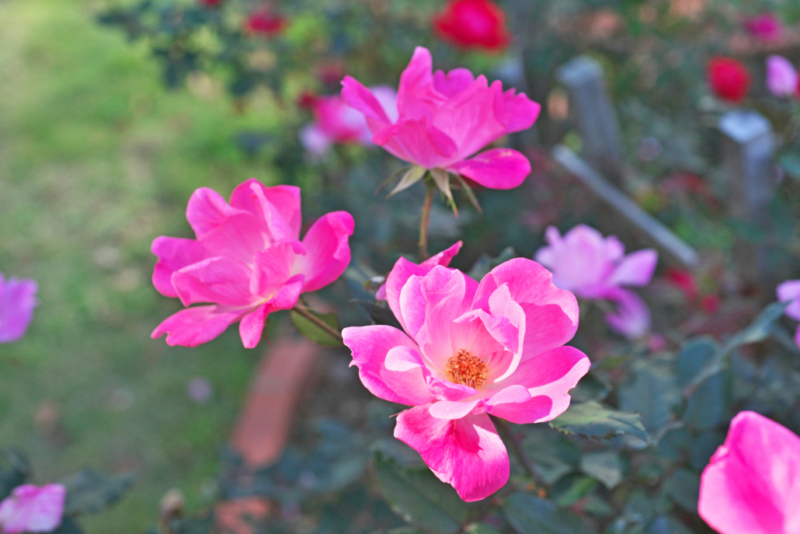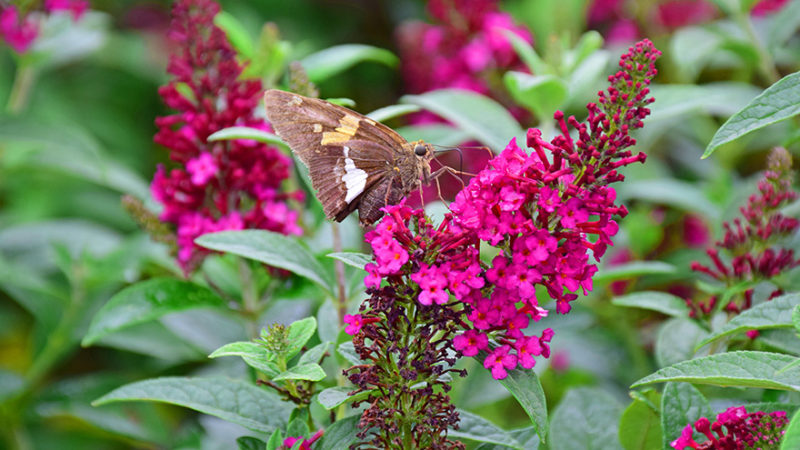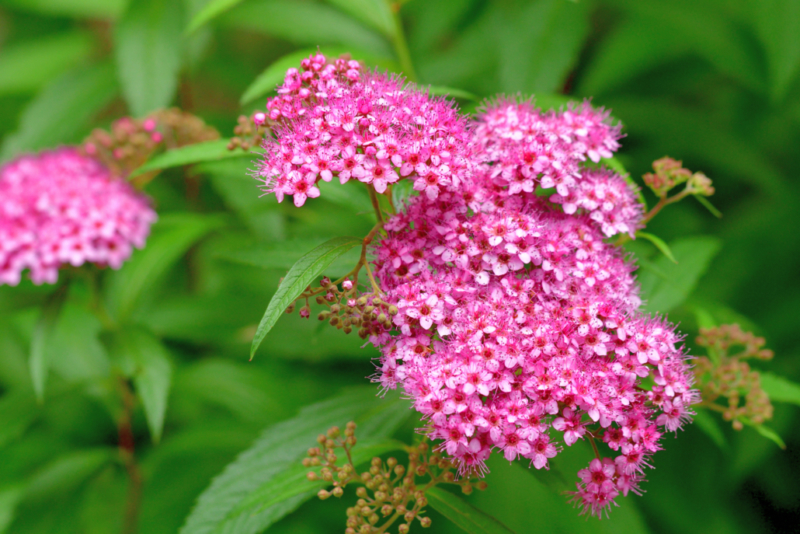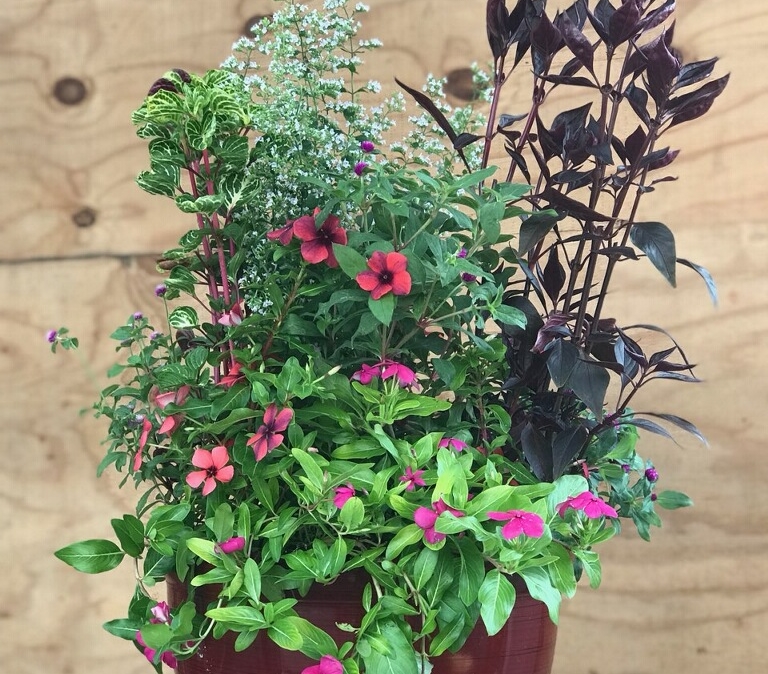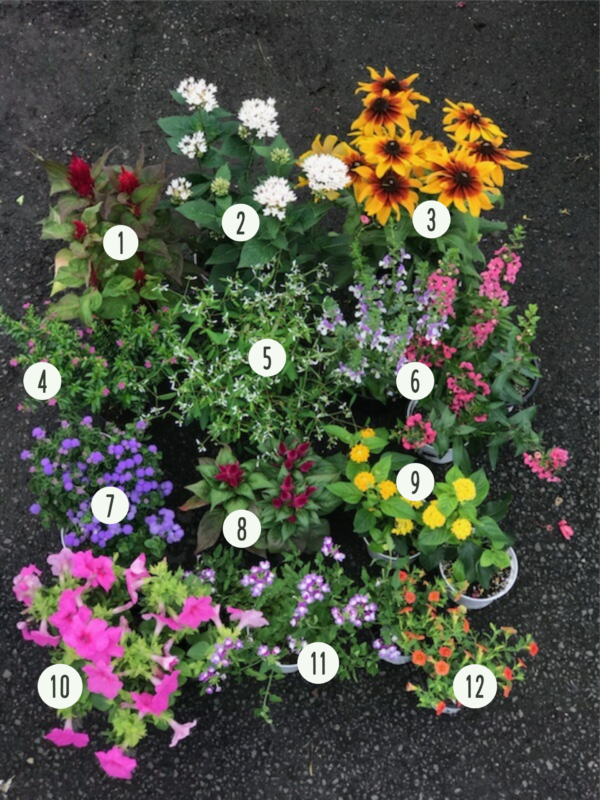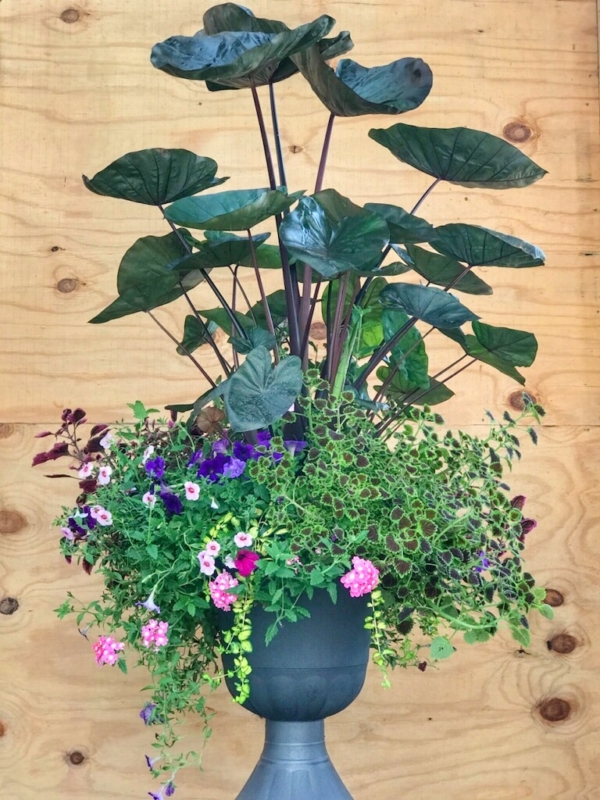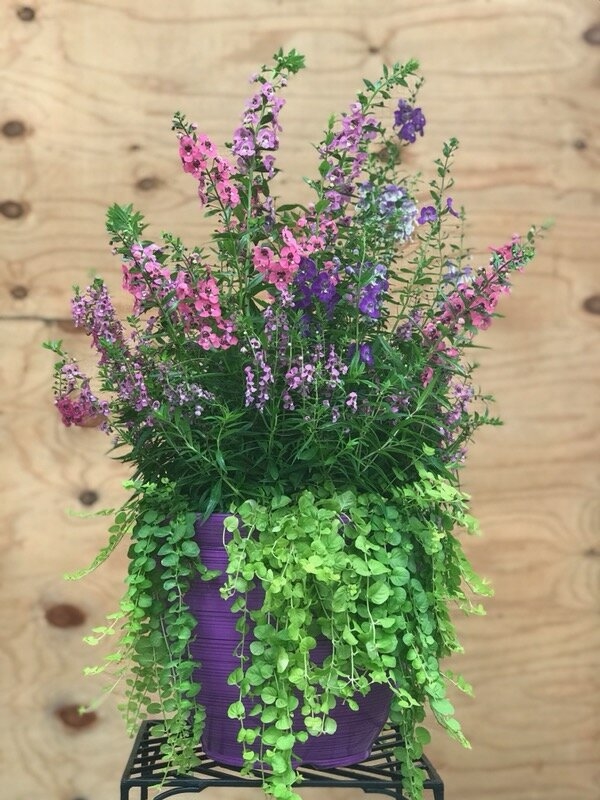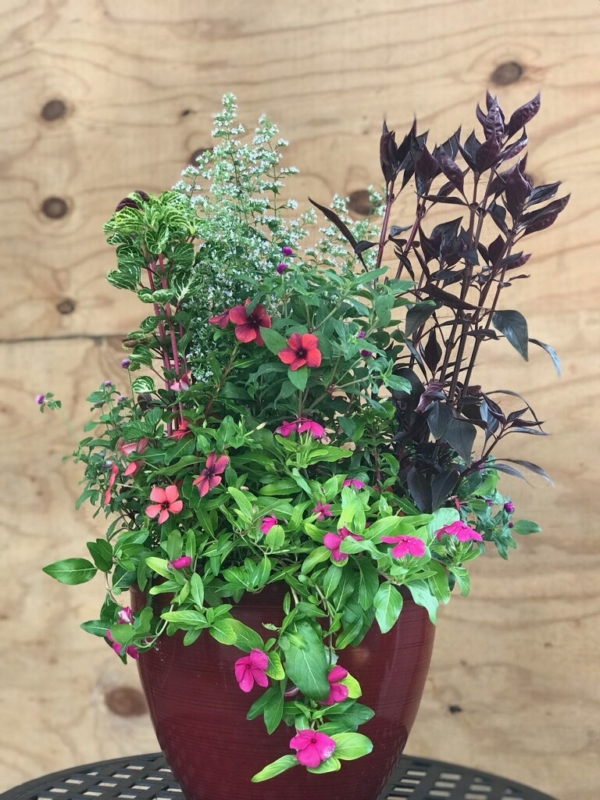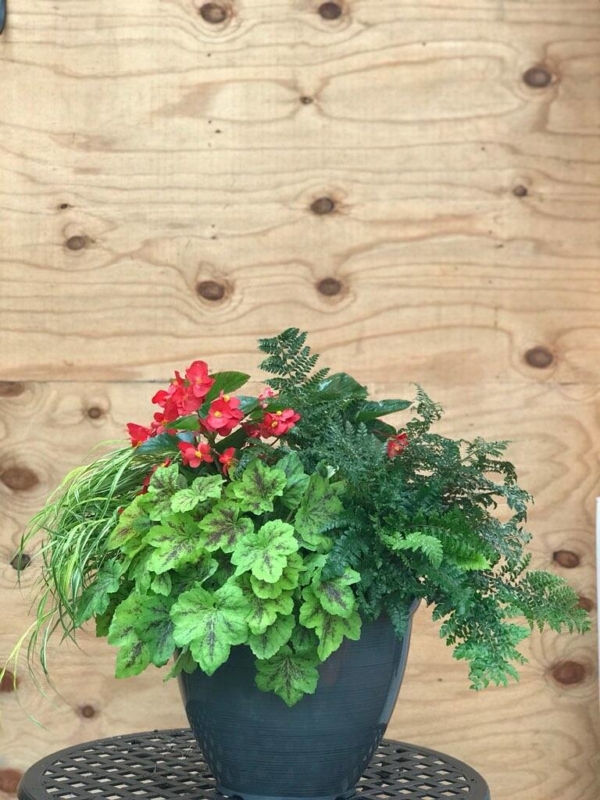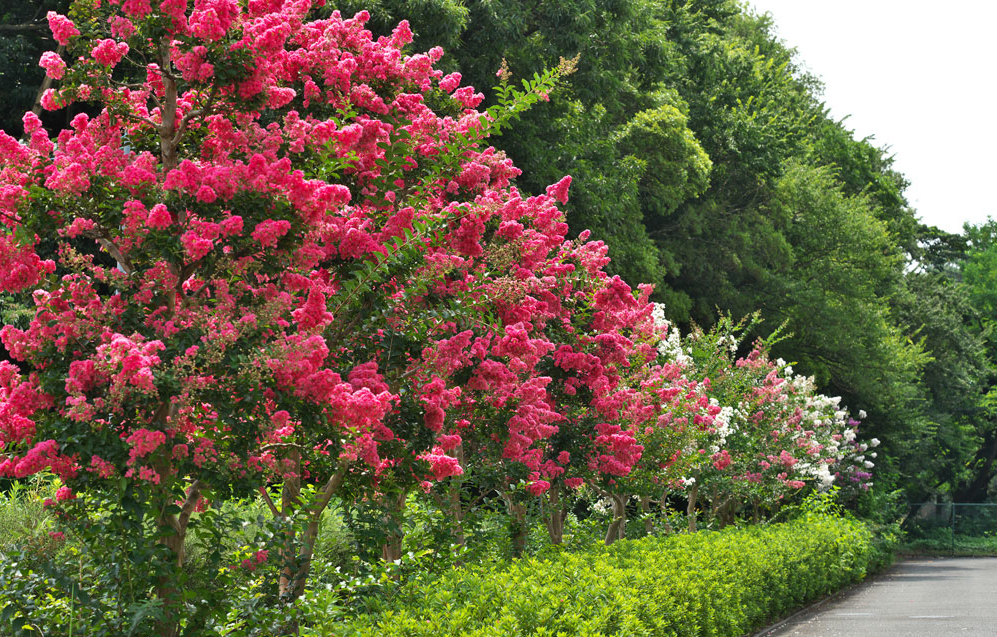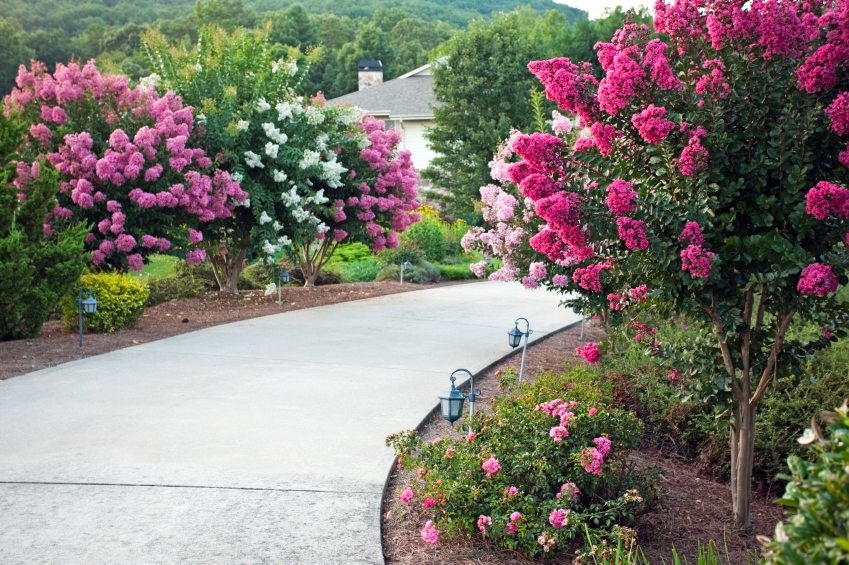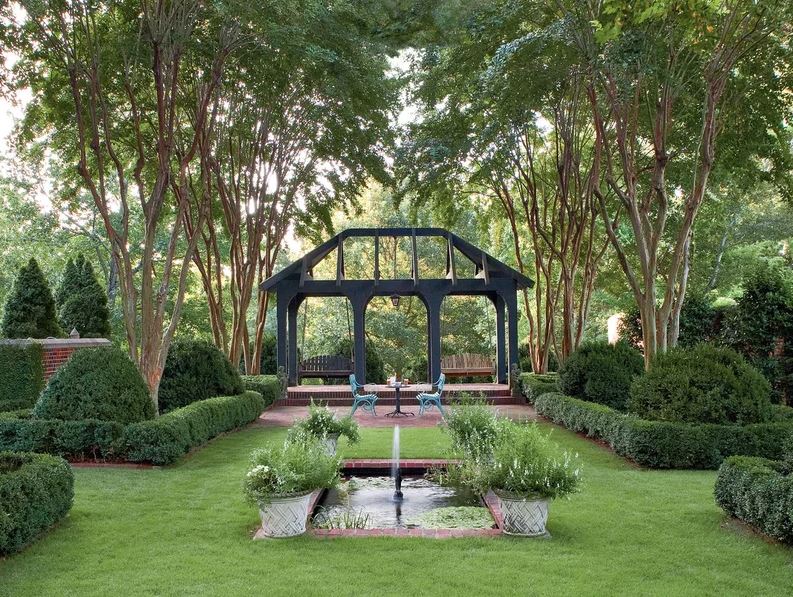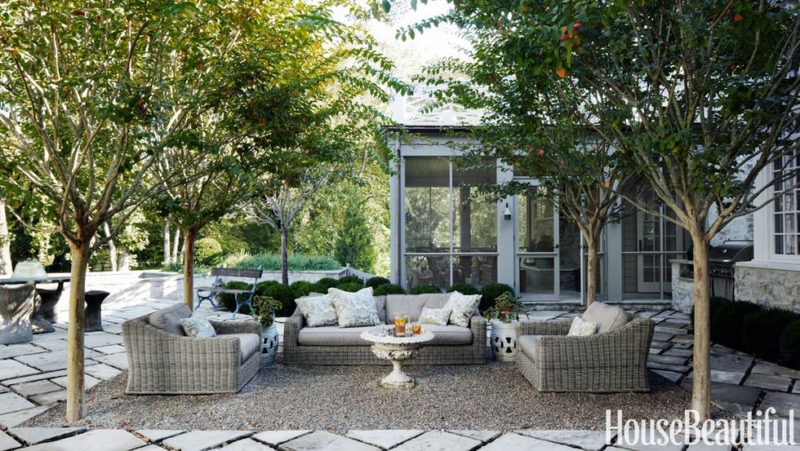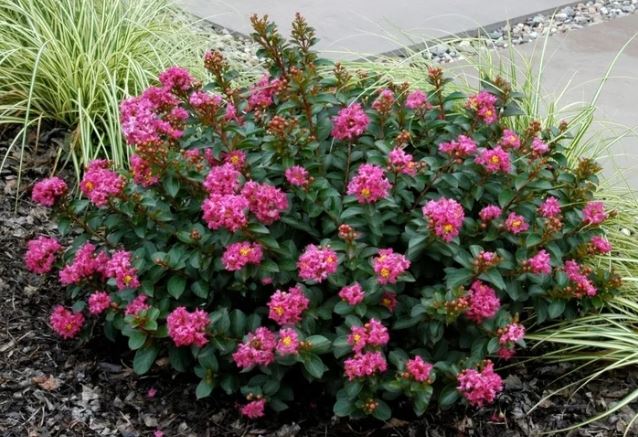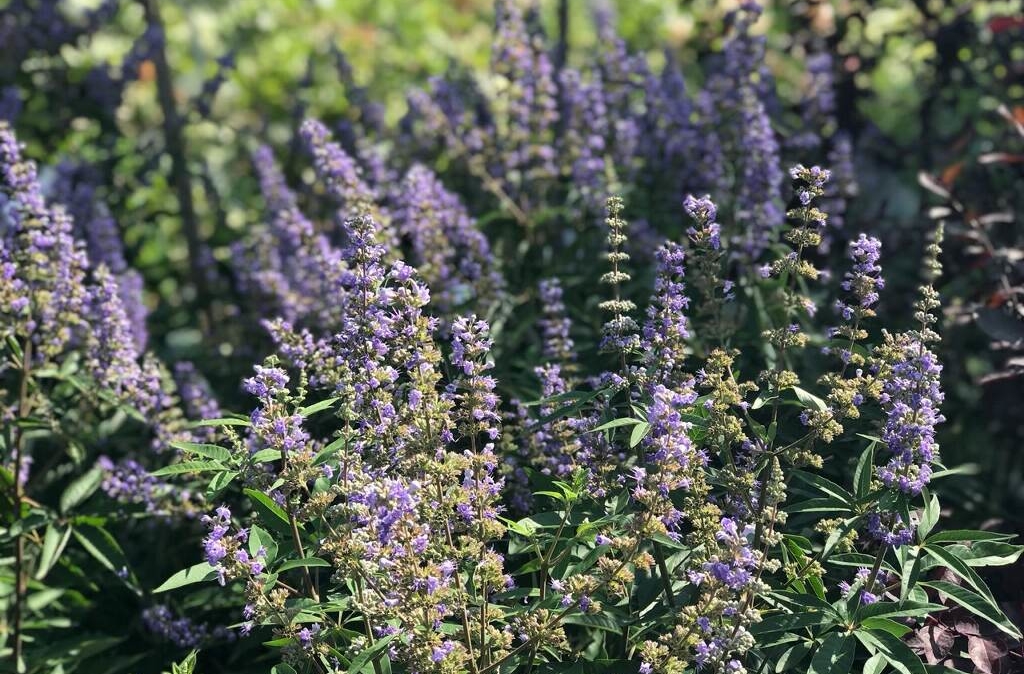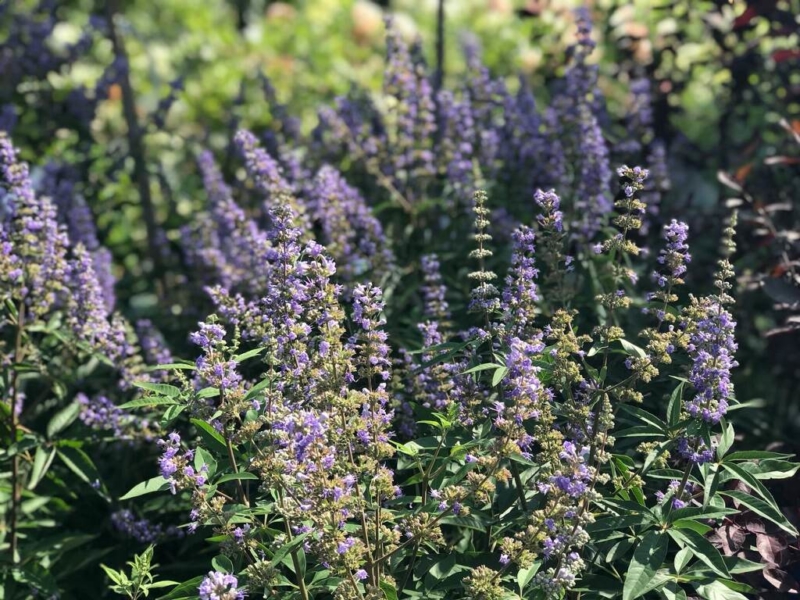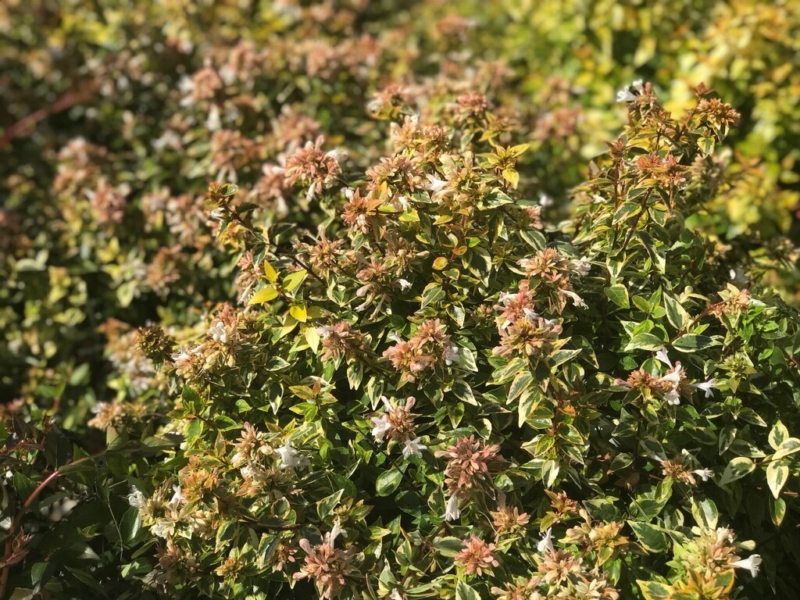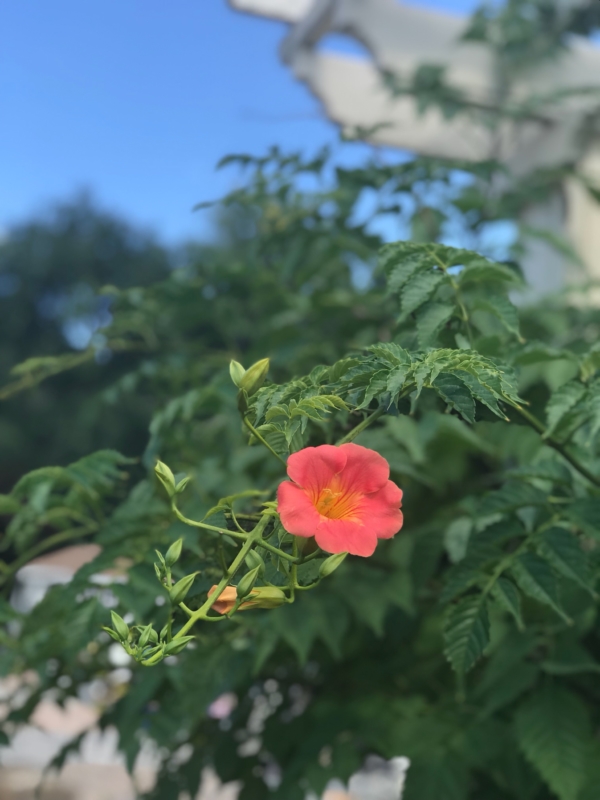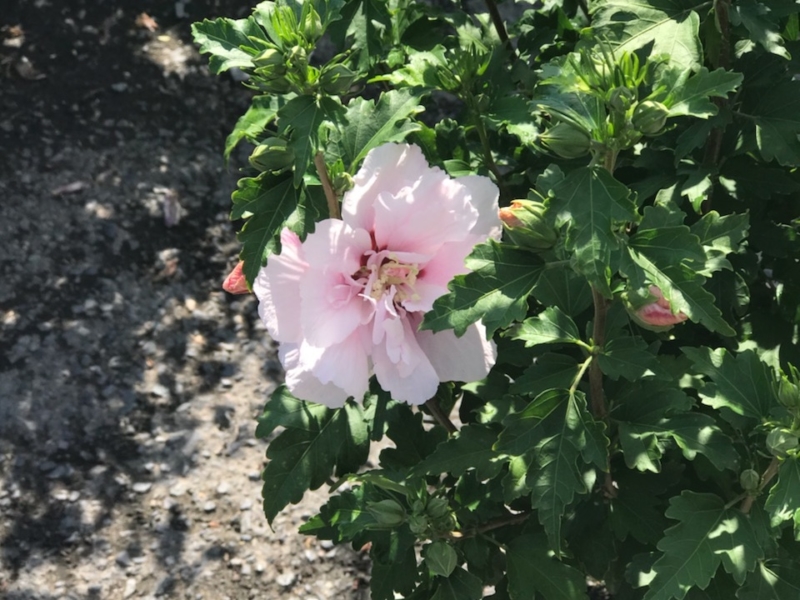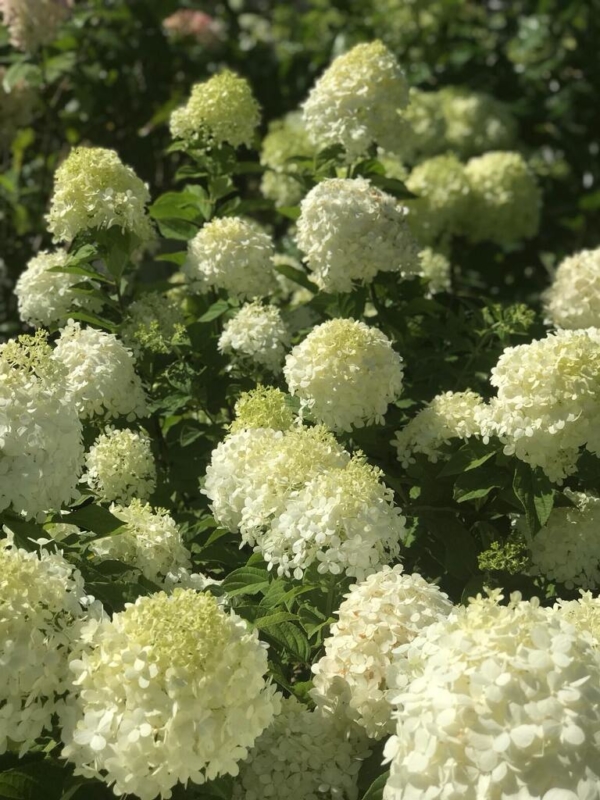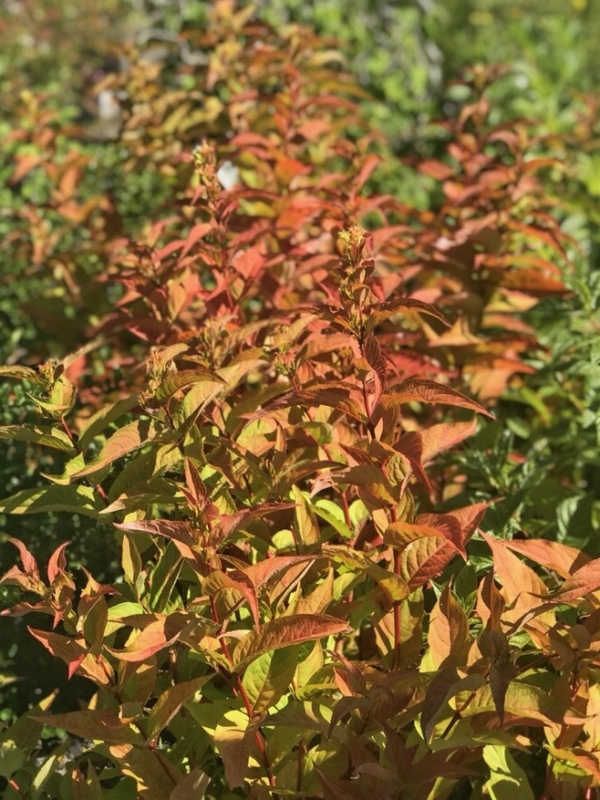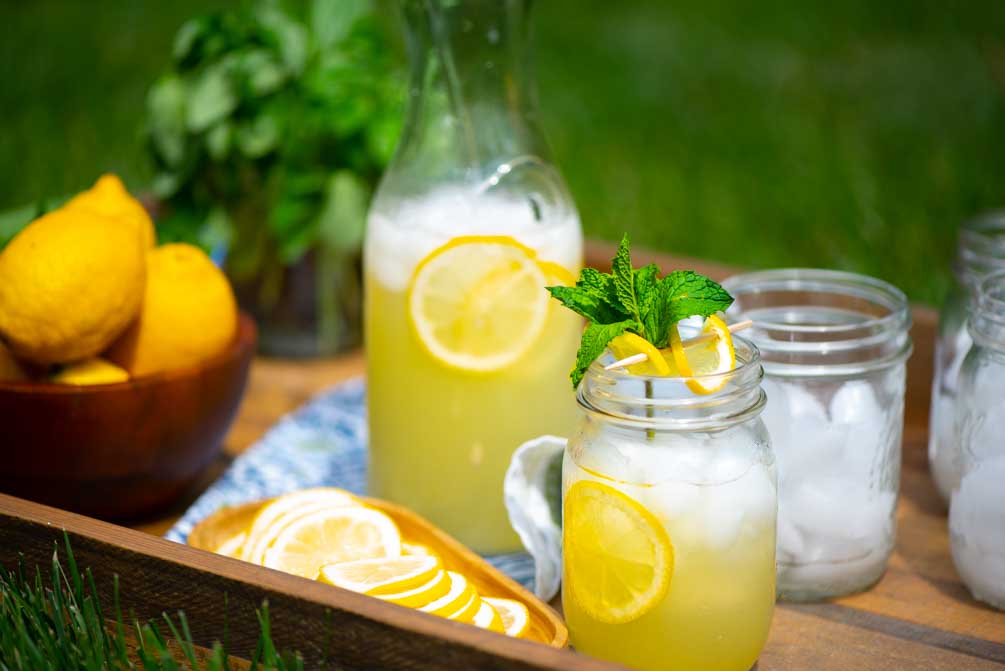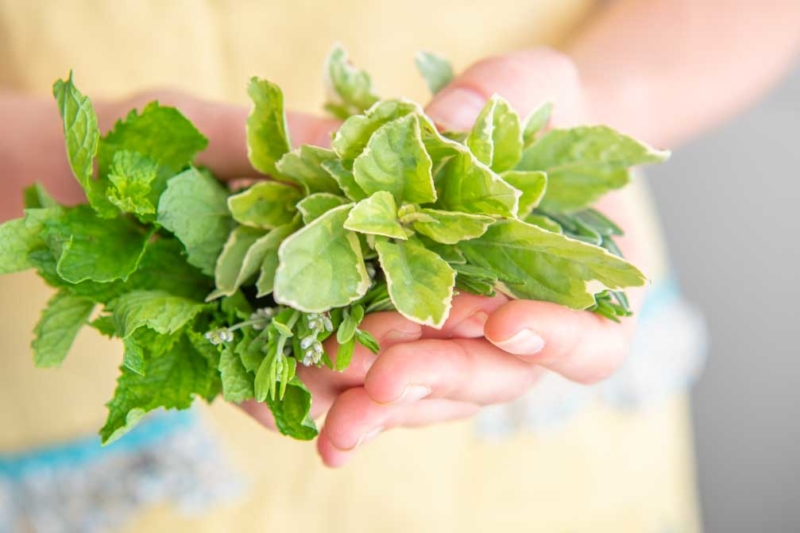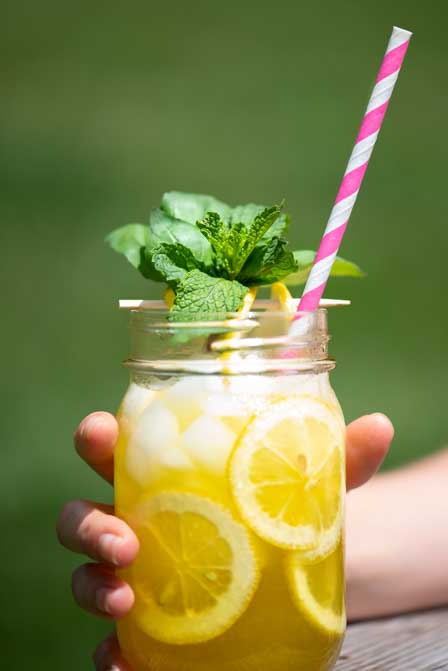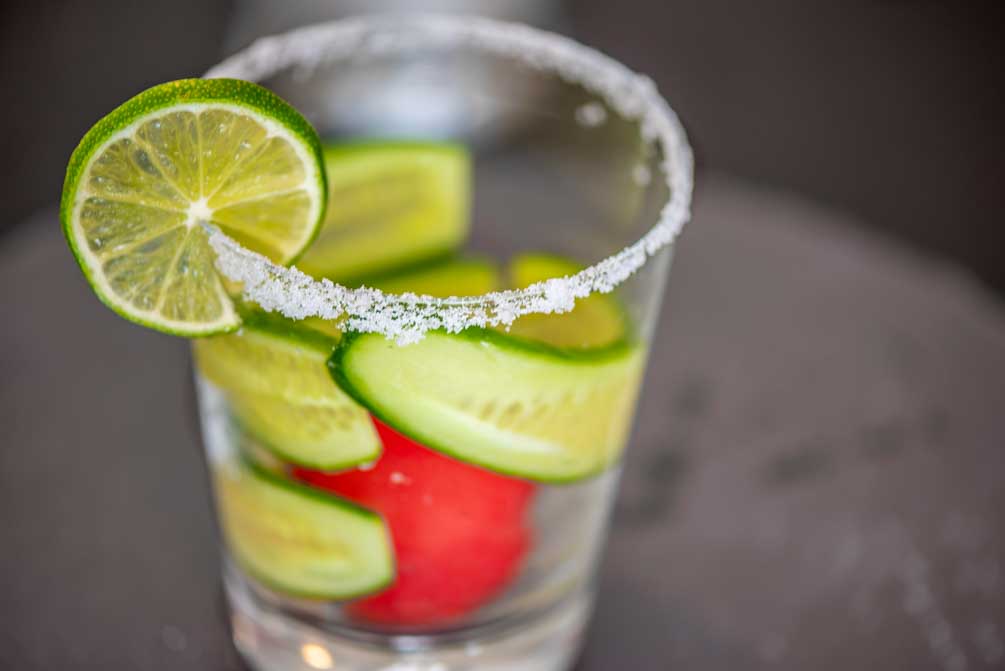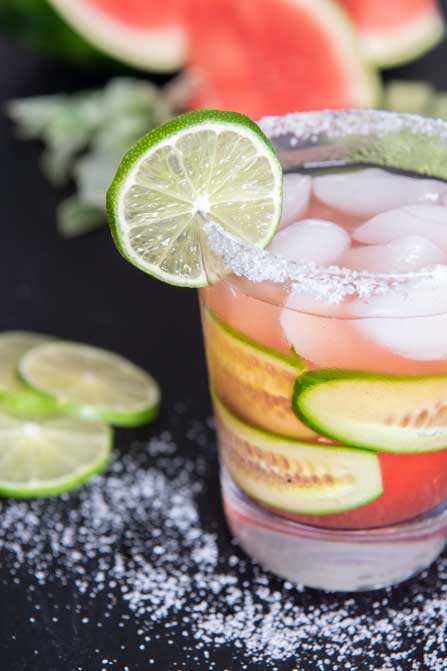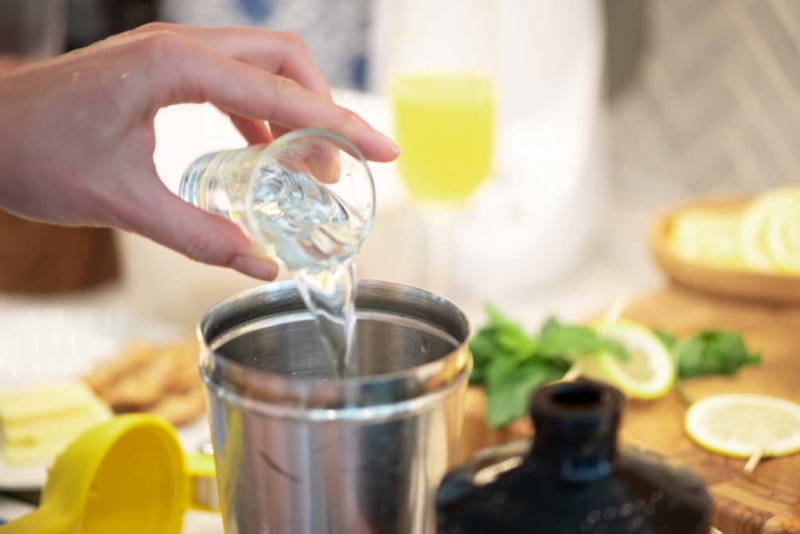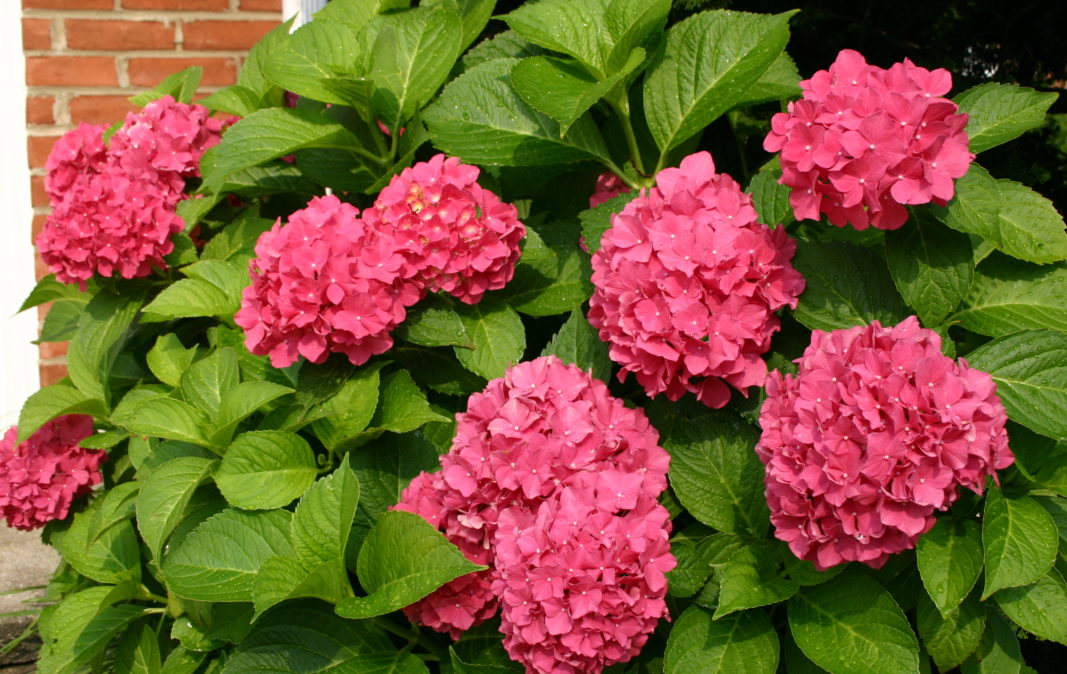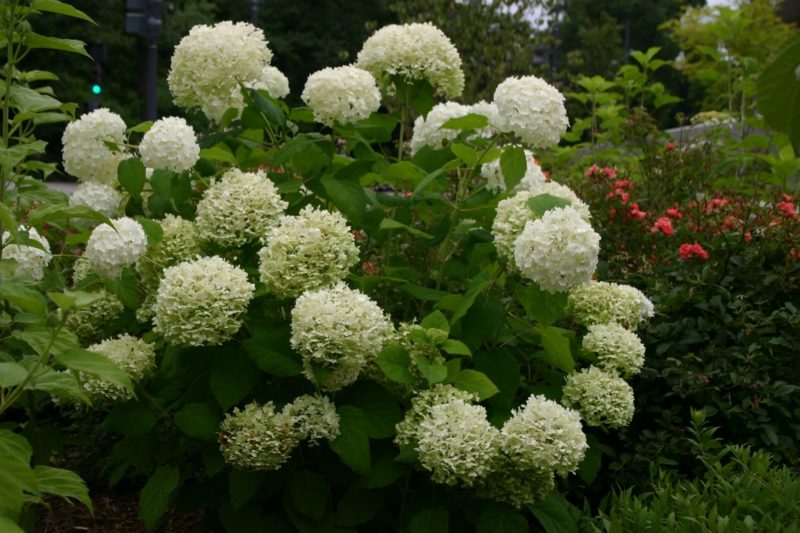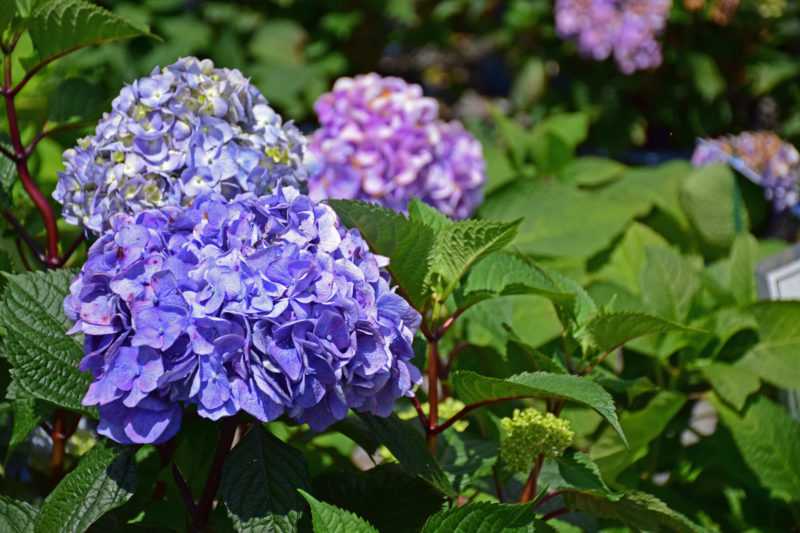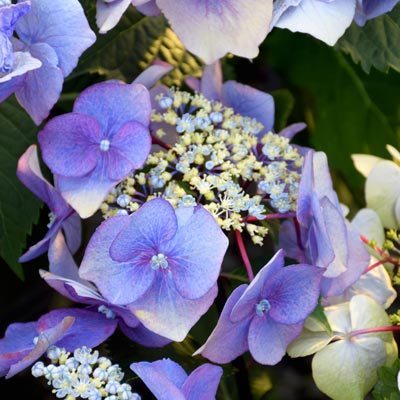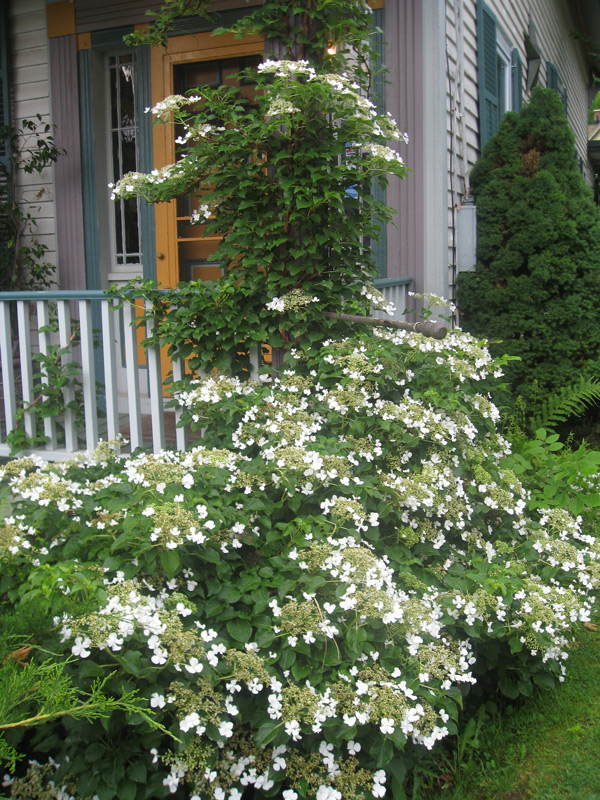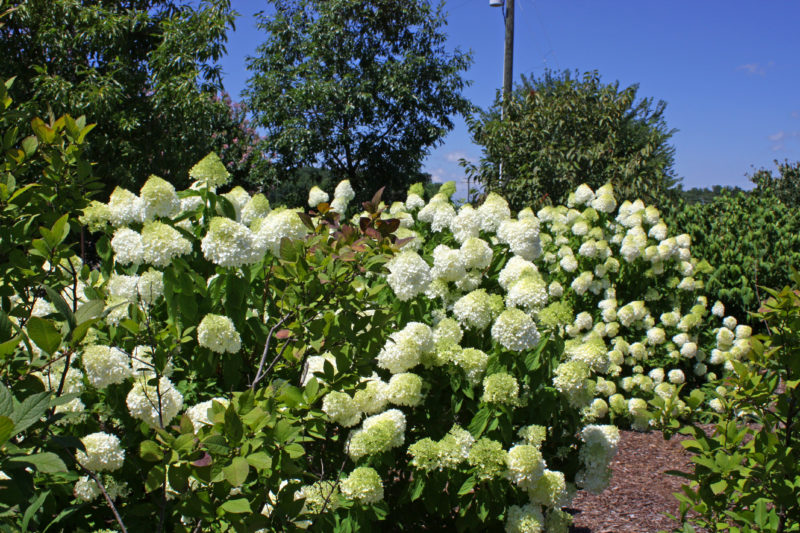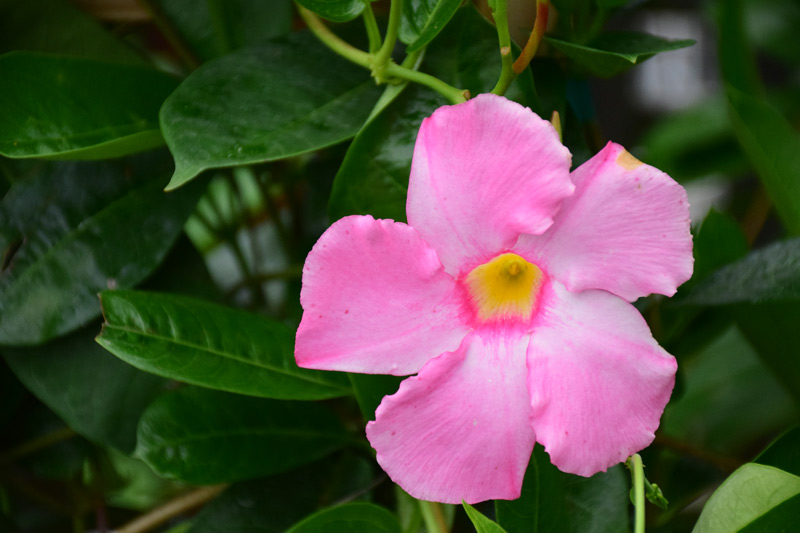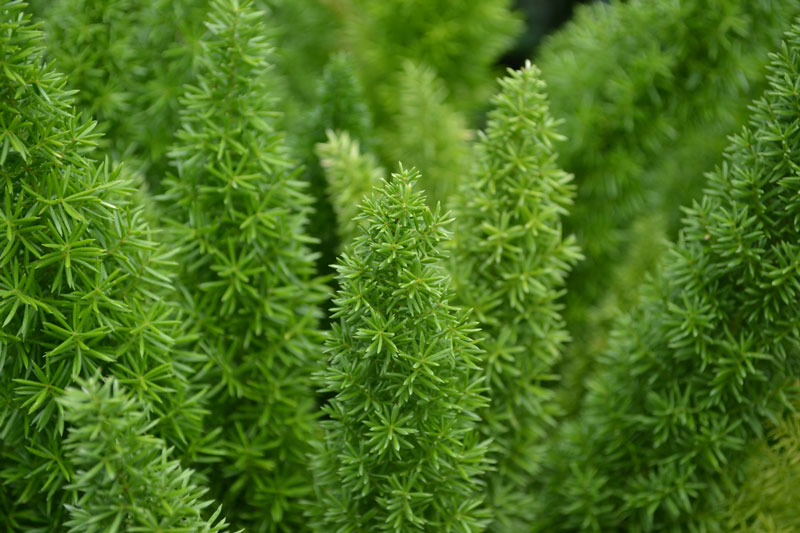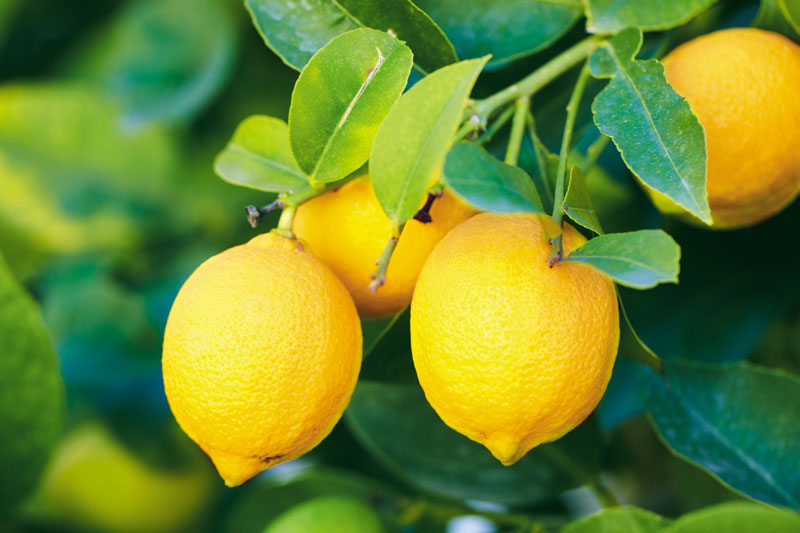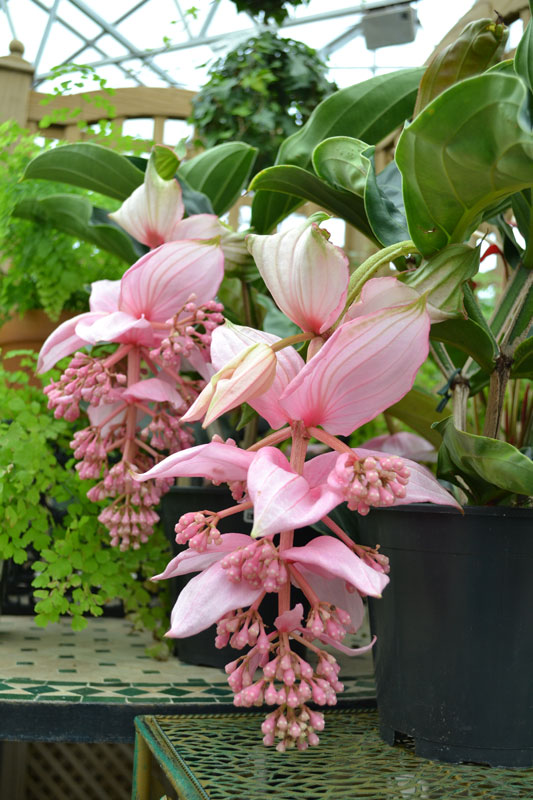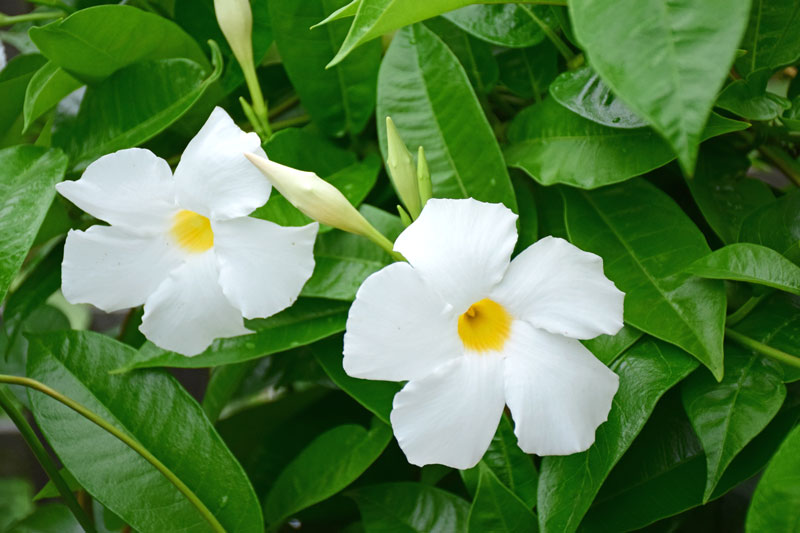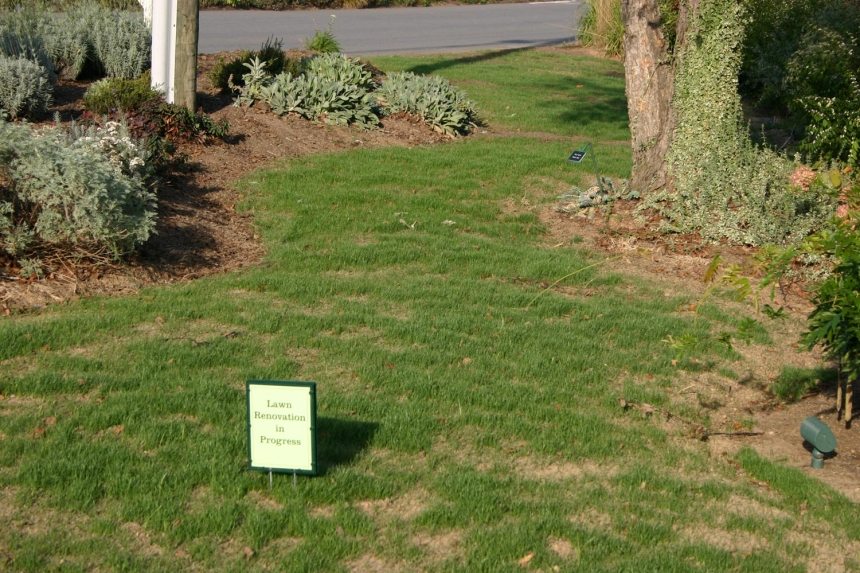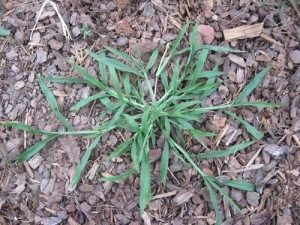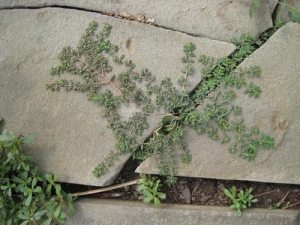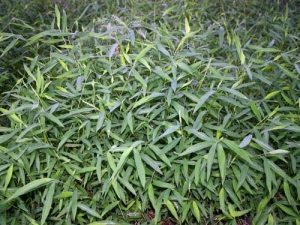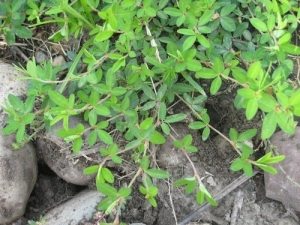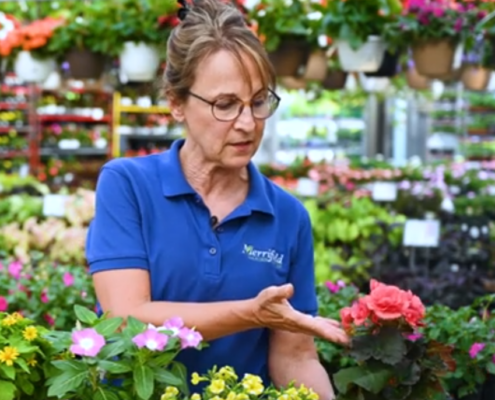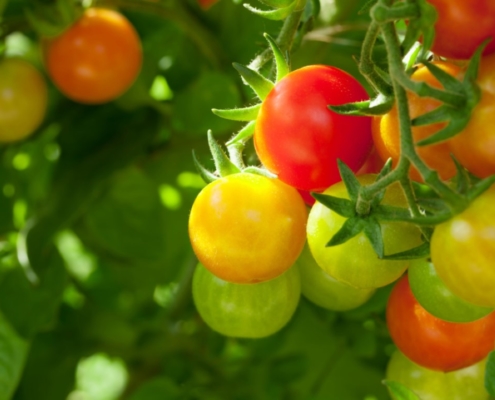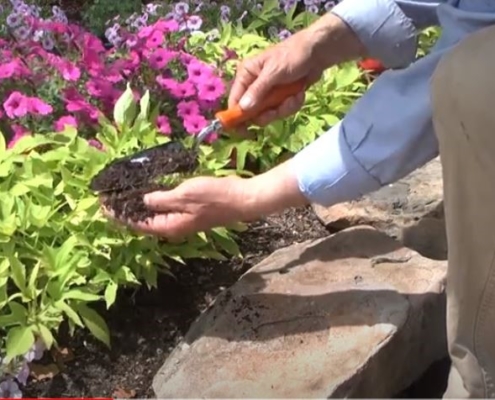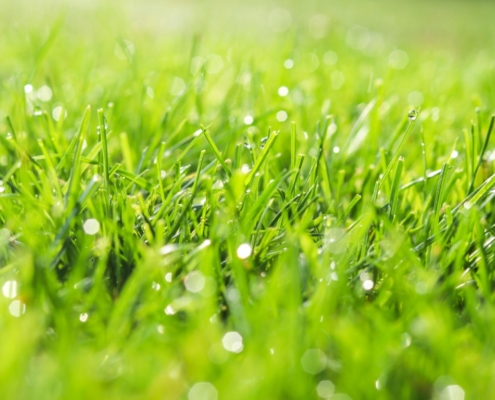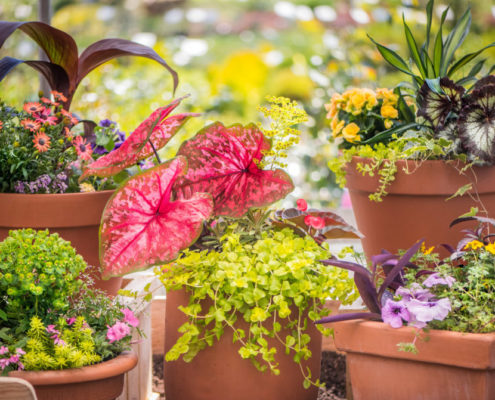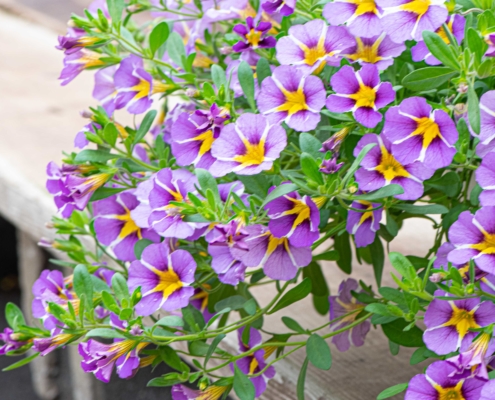Blooming Shrubs for Summer
If you are looking to add some color to your landscape this season, there are plenty of shrubs to choose from that provide vibrant blooms and lush foliage even in the heat of summer. Our plant specialists have put together a list of the most popular shrubs for the season with some notes to help you pick which one is best for you.
Hydrangeas
Possibly one of the most popular landscape shrubs, the most commonly recognized hydrangea, the bigleaf hydrangea, features large globular clusters of blue or pink blooms. However, there are many more varieties available, including hydrangeas with green or white blooms and native varieties! The Annabelle hydrangea features white blooms up to 12 inches across and is native to our region, while the oakleaf hydrangea has dark green, oak-like foliage and white or pink blossoms and fantastic mahogany-red fall color.
In general, hydrangeas prefer part sun and moist, well-drained soil. If you have a spot with morning sun and afternoon shade with between 4 and 6 feet of space for them to grow, they should do well.
To learn more about climbing hydrangeas, panicle hydrangeas, and more, visit our blog post on hydrangeas.
Roses
A traditional favorite, roses come in countless varieties. You can check out our blog for detailed information on caring for roses, as well as a summary of common rose types. If you are looking for roses that will thrive with minimal care, consider some of these shrub roses, which are tough, hardy and more disease resistant than other roses.
Drift Roses
These low-growing, dwarf roses can be grown as a groundcover, since they reach less than 2 ft. in height. They will bloom continuously throughout the season.
Knock-Out Roses
If you are looking for a larger variety of rose, the Knock-out rose can grow up to 8 ft. in height and width. It is ideal for use in borders and hedges, and blooms continuously throughout the season.
Butterfly Bush
Just as the name would suggest, this is a great shrub to plant if you would like to attract butterflies. They are a great compliment to the perennials and annuals of a butterfly garden, and come in just about every color. If you want a smaller shrub, be sure to purchase a dwarf variety.
Spirea
Like butterfly bush spirea will attract pollinators to your garden, and come in a variety of shades of pink and white. Depending on the variety, they will bloom in spring and summer and can be used in a variety of ways in the garden, including as hedges or in mass plantings.


